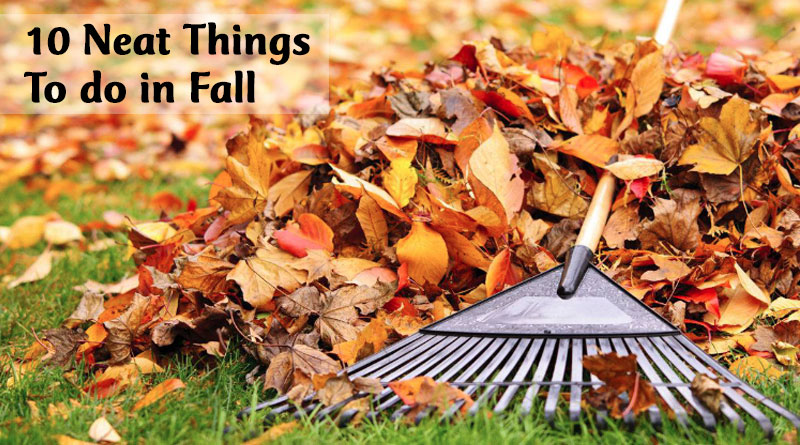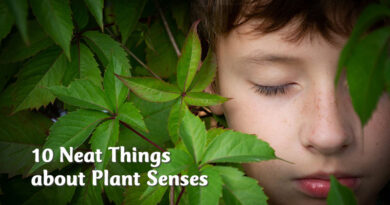10 Neat Things To Do In Fall
 1. Neaten up.
1. Neaten up.
Add this to your to-do list in fall. Even the messiest gardener (that’s me) needs to get out and remove any diseased plant material. Unless you know for certain that your compost gets hot enough to kill pathogens, garbage hollyhock and tall phlox leaves and stems; they probably have rust and powdery mildew. While a little is to be expected on these plants, you don’t want to leave extra to overwinter in the soil.
2. Don’t neaten up.
Consider leaving as much healthy plant material in place all winter, even though it’s dead. Perennials left standing are beautiful when lined with snow and frost and they protect the crowns of live material by holding snow in place. Annuals left in place break down partially (or wholly) over winter, feeding the soil. And seeds of all plants are winter food for foragers. (If you’re a neat freak and you can’t stand this look, go ahead and mow it all down. It’s your garden, after all!)
 3. Rake.
3. Rake.
Do get those leaves off the lawn in fall. Grass benefits from sunlight as long as it is still green. Even after the grass goes dormant, make sure you rake all the leaves off so they don’t all mat down and smother the turf in the spring.
4. Don’t rake.
Go ahead and leave the leaves in the flowerbeds—they make a great winter mulch and leaf mould is excellent soil food. In fact, I rake the ash and maple leaves into my beds, which is far less work than bagging them.
5. The don’t-rake exceptions.
Black walnut leaves contain juglone, which is poisonous to many plants. Don’t mulch with them outside the dripline of the walnut tree. Oak leaves are particularly acidic. If your soil is highly acidic, or you have plants that prefer alkaline soil, do not mulch with oak leaves in fall.
 6. Plant bulbs.
6. Plant bulbs.
You’re tired? It’s cold? It already snowed where you are? Do not let such things stop you in fall. You can plant bulbs right up until the ground is frozen solid. And come spring, you’ll appreciate each and every one. Or at least those that squirrels and chipmunks didn’t eat.
7. Plant trees and shrubs.
These too can be planted until freeze up. And fall is the best time to plant trees and shrubs.
8. Plant seeds.
All those annuals that don’t mind a bit of frost in spring? You can sow seeds for them now, or even once the soil is frozen. (Just scatter some triple mix over those that need to be covered.) You can actually sow any seeds now, but tender plants might start to grow in early spring then get killed by frost.
 9. Water.
9. Water.
Keep making sure the garden gets sufficient water until everything goes dormant. Trees, particularly evergreens, need to store water while they can to help them through the cold and drying winds of winter. Bulbs and new shrubs and trees need watering, too.
10. If you can’t beat ‘em, feed ‘em.
Squirrels, chipmunks and deer often start dining heavily in your garden at this time of year. Many gardeners report that giving wildlife an easy meal—buckets of peanuts for little ones, dried corn cobs for deer—keeps them from supping on plants and bulbs. But be prepared: once you’ve established your yard as a snack bar don’t run out or your hungry “guests” may chow down on everything in sight!









